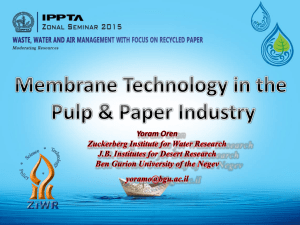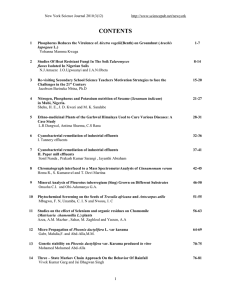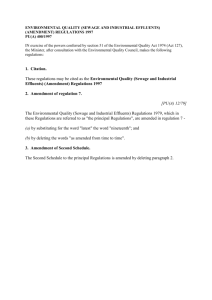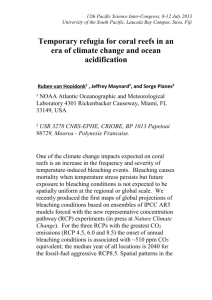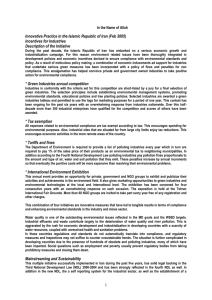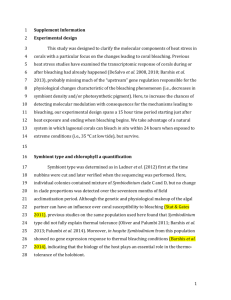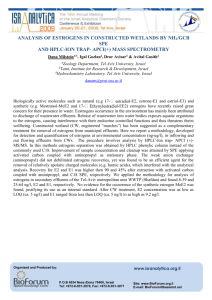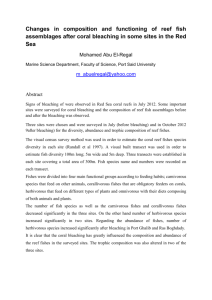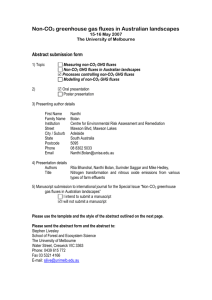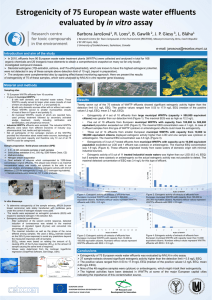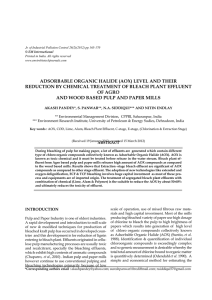REUSE AND RECYCLING OF WATER IN PULPING PLANTS
advertisement
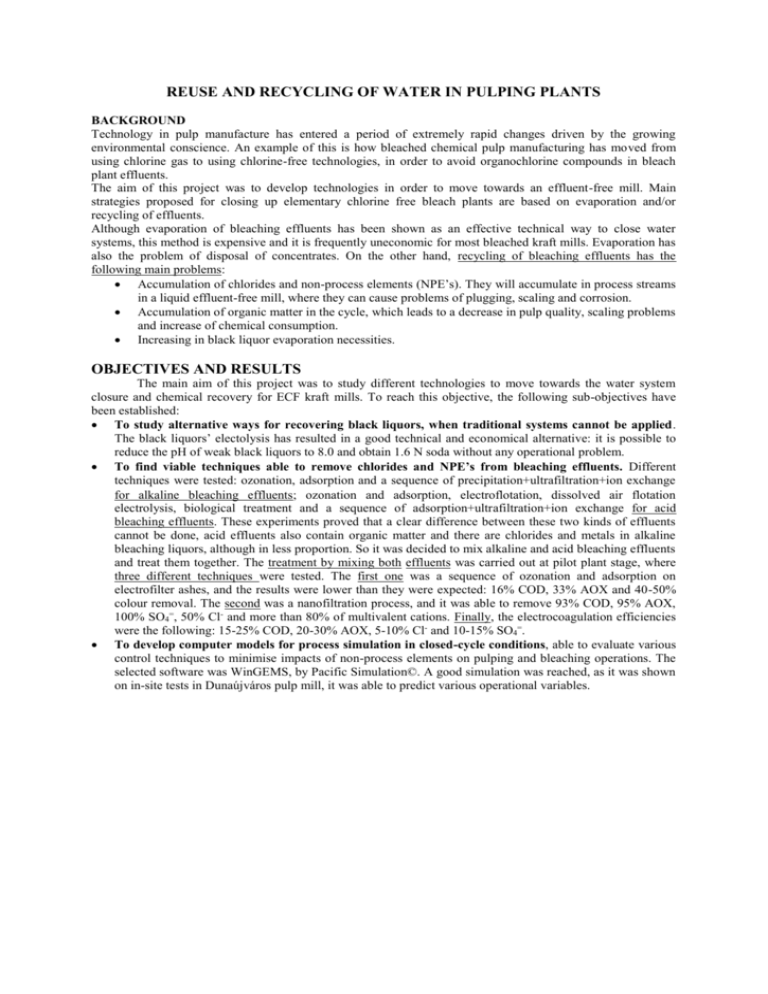
REUSE AND RECYCLING OF WATER IN PULPING PLANTS BACKGROUND Technology in pulp manufacture has entered a period of extremely rapid changes driven by the growing environmental conscience. An example of this is how bleached chemical pulp manufacturing has moved from using chlorine gas to using chlorine-free technologies, in order to avoid organochlorine compounds in bleach plant effluents. The aim of this project was to develop technologies in order to move towards an effluent-free mill. Main strategies proposed for closing up elementary chlorine free bleach plants are based on evaporation and/or recycling of effluents. Although evaporation of bleaching effluents has been shown as an effective technical way to close water systems, this method is expensive and it is frequently uneconomic for most bleached kraft mills. Evaporation has also the problem of disposal of concentrates. On the other hand, recycling of bleaching effluents has the following main problems: Accumulation of chlorides and non-process elements (NPE’s). They will accumulate in process streams in a liquid effluent-free mill, where they can cause problems of plugging, scaling and corrosion. Accumulation of organic matter in the cycle, which leads to a decrease in pulp quality, scaling problems and increase of chemical consumption. Increasing in black liquor evaporation necessities. OBJECTIVES AND RESULTS The main aim of this project was to study different technologies to move towards the water system closure and chemical recovery for ECF kraft mills. To reach this objective, the following sub-objectives have been established: To study alternative ways for recovering black liquors, when traditional systems cannot be applied. The black liquors’ electolysis has resulted in a good technical and economical alternative: it is possible to reduce the pH of weak black liquors to 8.0 and obtain 1.6 N soda without any operational problem. To find viable techniques able to remove chlorides and NPE’s from bleaching effluents. Different techniques were tested: ozonation, adsorption and a sequence of precipitation+ultrafiltration+ion exchange for alkaline bleaching effluents ozonation and adsorption, electroflotation, dissolved air flotation electrolysis, biological treatment and a sequence of adsorption+ultrafiltration+ion exchange for acid bleaching effluents. These experiments proved that a clear difference between these two kinds of effluents cannot be done, acid effluents also contain organic matter and there are chlorides and metals in alkaline bleaching liquors, although in less proportion. So it was decided to mix alkaline and acid bleaching effluents and treat them together. The treatment by mixing both effluents was carried out at pilot plant stage, where three different techniques were tested. The first one was a sequence of ozonation and adsorption on electrofilter ashes, and the results were lower than they were expected: 16% COD, 33% AOX and 40-50% colour removal. The second was a nanofiltration process, and it was able to remove 93% COD, 95% AOX, 100% SO4=, 50% Cl- and more than 80% of multivalent cations. Finally, the electrocoagulation efficiencies were the following: 15-25% COD, 20-30% AOX, 5-10% Cl- and 10-15% SO4=. To develop computer models for process simulation in closed-cycle conditions, able to evaluate various control techniques to minimise impacts of non-process elements on pulping and bleaching operations. The selected software was WinGEMS, by Pacific Simulation©. A good simulation was reached, as it was shown on in-site tests in Dunaújváros pulp mill, it was able to predict various operational variables.
